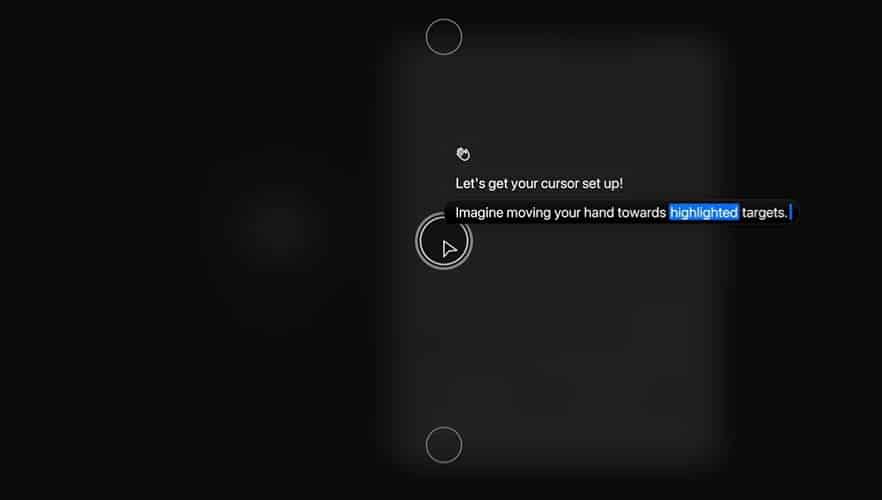What is Neuralink? It’s a technology advancing the hope of a brain-computer interface. It’s also the name of an Elon Musk-controlled company that is investing heavily in the promise.
Neuralink is said to have been founded in 2017. Musk gave one of his most detailed accounts of the company’s goals in a 2020 podcast episode with Joe Rogan.
“You basically replace a chunk of skull,” said Musk. “You put the Neuralink device in there. You’d insert the electrode threads, very carefully, into the brain, and then you, you know, stitch it up. You wouldn’t even know that somebody has it.
Musk announced a human trial of the device in paraplegic patients had begun via Twitter in January. Against usual medical protocol, the trial was not registered with the US authorities or any journal with which the results might be published.
Its first implantee, it was announced, could move a cursor using his mind by February. Neuroscientists cited in Nature claimed animals implanted with similar devices have been able to do so for over a decade.
Results from the second implantee, Alex, were announced in August. Alex could reportedly control his cursor within five minutes of connecting to his computer, and (again reportedly) broke the world-record for cursor control (using the Webgrid game) for a brain-computer interface user.

But again, the trial has been conducted as an entirely internal matter at Neuralink. We know what has been announced in Neuralink’s press release.
The futuristic technology has already claimed what some claim is a heavy price along the way. Specifically, the company has killed at least six of its monkey test subjects, and over 250 sheep and pigs.
An investigation of the matter in fact remains outstanding, after Musk outlandishly claimed that only terminally ill monkeys were involved in the study. An animal welfare organisation subsequently referred Musk to the US Securities Commission for allegedly misleading investors.
Though Musk has done the most to promote the brain-computer interface technology, similar technologies are progressing elsewhere. The Synchron product, partially funded by Bill Gates and Jeff Bezos, has installed its device in ten patients worldwide (six in Australia and four in the US). A 2021 research paper published at BMJ says the device allowed paralysed patients to type 16 characters per minute.
Sign Up To Our Free Newsletter